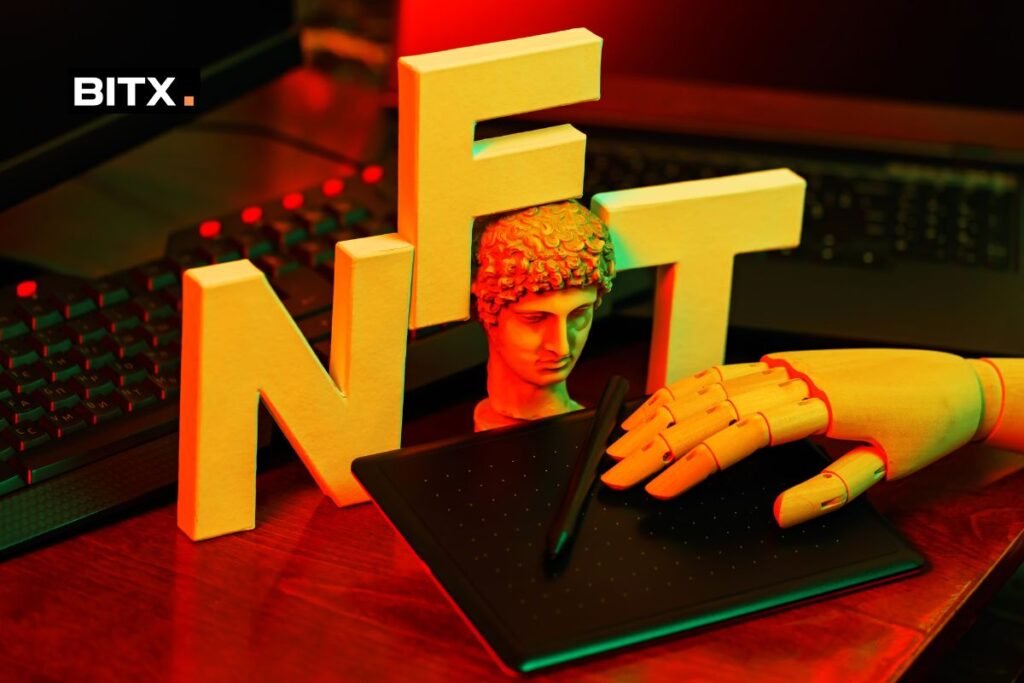The Emergence of Digital Art: A New Era of Creativity
In the ever-evolving landscape of technology, the world has witnessed a significant transformation in various sectors. One realm that has been revolutionized is the art industry. The emergence of Non-Fungible Tokens (NFTs) has reshaped the future of art, offering artists an innovative approach to showcase and sell their digital creations.
What are NFTs?
NFTs, or non-fungible tokens, are unique digital assets stored on a blockchain. They represent ownership of a specific piece of content, such as digital art, music, or in-game items. Unlike cryptocurrencies like Bitcoin or Ethereum, which are fungible and identical in value, NFTs are unique, with each token representing a distinct item.
The Rise of Digital Art
With the advent of digital art, artists can now create and distribute art without the traditional barriers of physical mediums, galleries, and art dealers. This shift enables artists to reach wider audiences, collaborate with others across the globe, and maintain ownership of their work.
The Role of Blockchain and Cryptocurrencies
Blockchain technology serves as the backbone for NFTs. It provides a decentralized and secure environment to store and validate ownership of digital assets. Cryptocurrencies, such as Ethereum, facilitate the buying and selling of these digital items.
The NFT Marketplace
NFT marketplaces like OpenSea, Rarible, and SuperRare have emerged as platforms for artists to list their works for sale. These marketplaces allow buyers to browse, bid on, and purchase NFTs using cryptocurrencies.
Notable Artworks and Sales
Some notable NFT artworks include Beeple’s "Everydays: The First 5000 Days," which sold for a record-breaking $69.3 million, and Eric Finman’s "りっ pilots his mech," which was purchased by Jack Dorsey, co-founder of Twitter, for over $2.9 million. These sales have brought attention to the potential value of digital art and NFTs.
The Future of NFTs
The future of NFTs in the art world is promising. As technology advances and more people become familiar with blockchain and digital assets, the market for NFT art is expected to grow. Artists, collectors, and investors are embracing this new medium as a way to invest in digital creativity and support the development of the art industry.
Challenges and Concerns
While the potential of NFTs is undeniable, there are also challenges and concerns. Issues such as environmental impact, intellectual property rights, and the volatility of the cryptocurrency market are being addressed by the community.
The Impact of NFTs on the Art Industry
NFTs have the potential to democratize the art world, making it more accessible to a wider audience. They offer artists new opportunities for creativity and income, while providing collectors with a unique and secure way to own exclusive digital pieces.
Embracing the Digital Future
As the art world embraces the future, it is essential for artists, collectors, and enthusiasts to stay informed about the developments in the NFT scene. With their unique potential to revolutionize the art industry, NFTs are a trend worth watching. Whether you’re an artist or a lover of art, the digital future is here, and it’s time to explore the possibilities.
